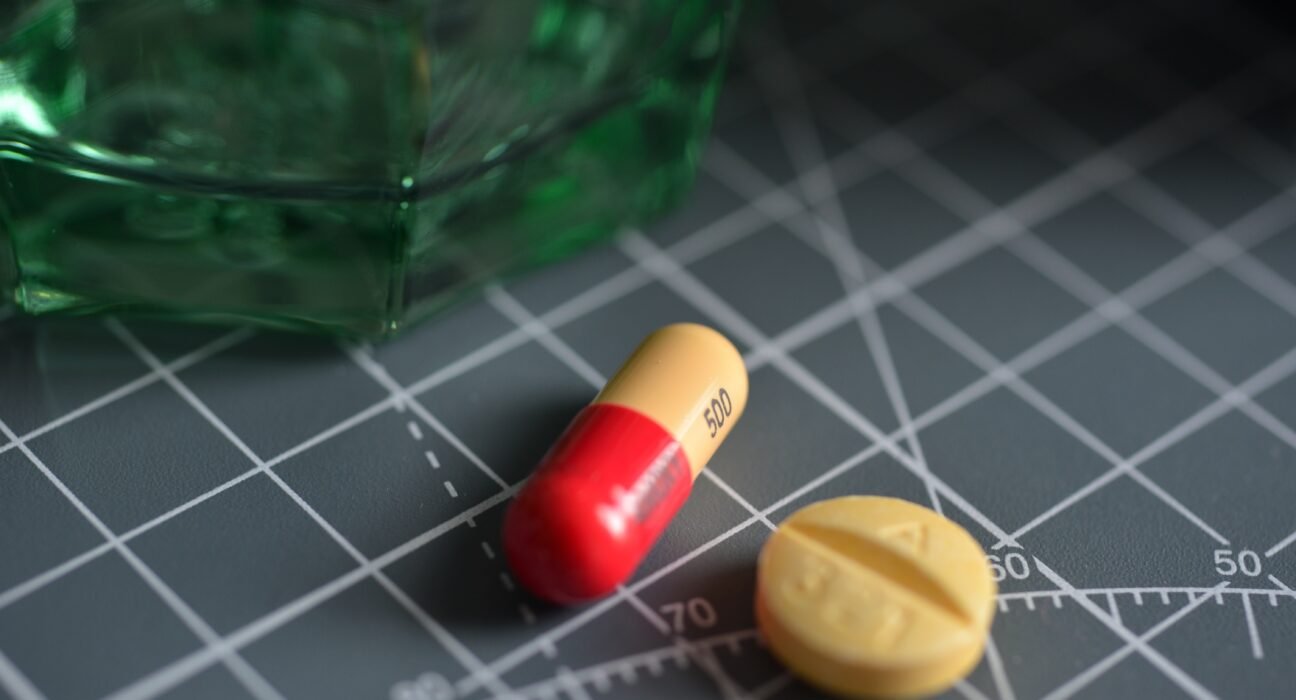HQ Team
November 19, 2025: An international study published in The Lancet’s eClinicalMedicine journal has exposed the devastating scale of India’s antimicrobial resistance (AMR) crisis, revealing that 83% of Indian patients undergoing routine medical procedures carry multidrug-resistant organisms (MDROs) – the highest rate globally and nearly three times that of Italy, the next highest country.
The multicenter cross-sectional study, titled “Pre-procedural Screening of Multidrug-Resistant Organisms in Endoscopic Retrograde Cholangiopancreatography,” screened over 1,200 patients across four countries undergoing ERCP procedures. India’s staggering 83.1% MDRO carriage rate dwarfs the figures from Italy (31.5%), the United States (20.1%), and the Netherlands (10.8%), positioning India at the epicenter of what experts warn is a “superbug explosion” with potentially catastrophic consequences.
Led by Hyderabad’s Asian Institute of Gastroenterology (AIG) Hospitals and coordinated with medical centers in Europe and North America, the research identified two particularly alarming forms of resistance among Indian patients. A striking 70.2% carried Extended-Spectrum Beta-Lactamase (ESBL)-producing bacteria, which render many common antibiotics ineffective. Even more concerning, 23.5% harbored carbapenem-resistant bacteria – organisms resistant to last-resort antibiotics used when all other treatments fail.
“These are not just hospital-acquired infections we’re seeing,” explained Dr. D. Nageshwar Reddy, Chairman of AIG Hospitals and co-author of the study. “When over 80% of patients coming for a routine, commonly performed procedure are already carrying drug-resistant bacteria, it means the threat is no longer limited to hospitals – it is in our communities, our environment, and our daily lives.” The study found that even patients with no recent hospital exposure carried these dangerous organisms, indicating community-wide transmission.
Antibiotic crisis
Perhaps the most startling finding emerged from patient interviews: not a single Indian participant admitted to taking antibiotics, despite the extraordinarily high resistance levels detected. Researchers say this paradox reveals two critical problems plaguing India’s healthcare ecosystem.
“First, patients may be unaware they’ve consumed antibiotics because pharmacists routinely dispense them without prescriptions, often without informing customers,” Dr. Reddy noted. “Second, resistant bacteria are entering the population through contaminated food sources – milk, poultry, aquaculture products, agricultural produce, and processed foods.”
India leads the world in human antibiotic consumption at 10.7 units per person, driven by widespread over-the-counter sales that continue despite regulatory restrictions under Schedule H and H1 of the Drugs and Cosmetics Rules. The agricultural sector compounds the problem, with antibiotics used extensively for growth promotion in livestock, creating a reservoir of resistant bacteria that enters the human food chain.
The consequences are already devastating. Approximately 58,000 newborn deaths in India are linked annually to antibiotic-resistant infections, while intensive care units routinely encounter untreatable bacterial infections. Dr. Reddy warned that without immediate action, India could reach a point within five years where up to 95% of all organisms become resistant to available antibiotics, effectively returning the country to the pre-penicillin era.
Human Cost: Almost 5-fold increase in cost for the Same Condition
The study provided concrete evidence of AMR’s financial and human toll. Researchers compared two ERCP patients with the same condition – acute cholangitis. The patient without MDROs stabilized within 28-48 hours on standard antibiotics, discharged in three days, with a total bill of approximately ₹70,000.
The MDRO-positive patient required high-end drugs, ICU care, and spent over 15 days hospitalized, with costs soaring to ₹4-5 lakh – nearly seven times more expensive. “Pneumonia that once took four days to cure may now take 8-10 days, or may never get cured,” Dr. Reddy stated. “The bacteria can enter the bloodstream and cause septicaemia. That’s why deaths from sepsis in India are so high. Despite having so many antibiotics, patients are dying because the organisms are resistant.”
Co-investigator Dr. Hardik Raghuwani emphasized that resistant organisms delay recovery, increase complications, and force doctors to use stronger, more toxic drugs that can damage kidneys and livers. The economic burden extends beyond individual families to threaten India’s growing medical tourism industry and overall healthcare system sustainability.
Urgent call for action
In response to what they term a “public health emergency,” study authors have proposed a comprehensive “triad of action” requiring strict regulation, responsible prescribing practices, and mass public education. Dr. Reddy advocates upgrading antibiotics to Schedule X – the category reserved for narcotics that requires stringent monitoring and enforcement – to halt unauthorized sales.
The researchers stress that India’s crisis demands a “One Health” approach addressing antibiotic misuse across human health, animal agriculture, and environmental sectors. They call for immediate implementation of — strict prescription-only antibiotic policies nationwide; digital tracking systems for antibiotic prescriptions; stronger pharmacy regulations with severe penalties for violations; mass public awareness campaigns during Antimicrobial Stewardship Week; comprehensive surveillance of antibiotic use in food production
Crucially, experts emphasize that the situation can be reversed within five years with proper intervention. “If we act now, we can bring the 83% down to 40%,” Dr. Reddy asserted. “Otherwise, by 2035, 98% of people in the community may carry dangerous bacteria, and then we are lost.”
Global context and future projections
The findings align with broader Lancet research forecasting that South Asia will bear the brunt of global AMR deaths in coming decades. A September 2024 Lancet study projected that between 2025 and 2050, AMR will cause 39 million deaths globally, with South Asia alone accounting for 11.8 million of those fatalities.
Unlike Western nations where MDRO carriers are predominantly elderly (over 65), Indians in their 30s and 40s increasingly carry resistant organisms, signaling earlier exposure and faster spread. The Netherlands successfully reduced resistance from 10% to 6-8% through better hygiene and lifestyle changes, proving that sustained public health interventions can turn the tide.
As the world observes Antimicrobial Awareness Week, India’s superbug crisis serves as a stark warning to other developing nations facing similar challenges. The study authors insist that without robust, immediate intervention, simple infections could become untreatable, routine surgeries life-threatening, and decades of medical progress undone – pushing the world’s most populous nation toward a post-antibiotic apocalypse that public health systems are ill-prepared to handle.
